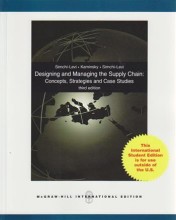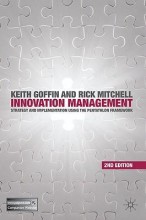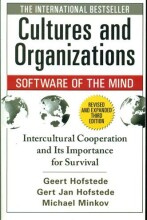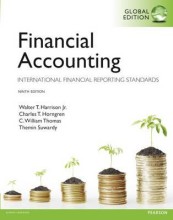Supply Contracts - Contracts for nonstrategic components
15 important questions on Supply Contracts - Contracts for nonstrategic components
What strategy is needed for commodity products?
Which risks are included in effective procurement for nonstrategic components?
- Inventory risk due to uncertain demand
- Price, or financial, risk due to volatile market price
- Shortage risk due to limited component availability
Why is it critical to identify effective procurement strategies for commodity products?
- Higher grades + faster learning
- Never study anything twice
- 100% sure, 100% understanding
What are long-term contracts?
What are flexible, or option contracts?
How does the risk shift from long-term contracts to option contracts?
What are flexibility contracts?
What are spot purchases?
What are portfolio contracts?
When are portfolio contracts meaningful?
How can an effective contract be found?
What is base commitment level?
What is the option level?
When will the spot market be used?
How does the portfolio approach address risk?
The question on the page originate from the summary of the following study material:
- A unique study and practice tool
- Never study anything twice again
- Get the grades you hope for
- 100% sure, 100% understanding
































